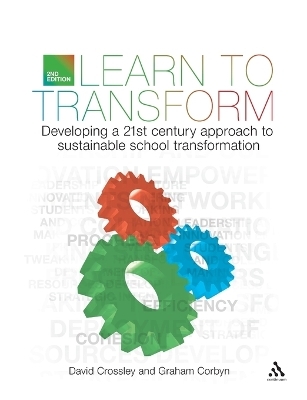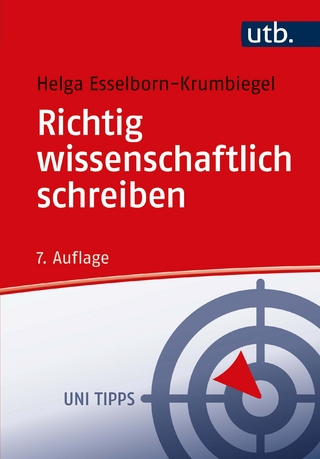
Learn to Transform
Developing a 21st century approach to sustainable school transformation
Seiten
2010
|
2nd edition
Continuum Publishing Corporation (Verlag)
978-1-4411-7438-3 (ISBN)
Continuum Publishing Corporation (Verlag)
978-1-4411-7438-3 (ISBN)
Intends to provide a generic solution to school transformation and development that can be applied to schools at different stages in its development.
The author seeks to provide a generic solution to school transformation and development that can be applied to any school at whatever stage in its development. This book seeks to provide a generic solution to school transformation and development that can be applied to any school at whatever stage in its development. It is about identifying strategies and catalysts common in schools that in combination enable them to move further forward. The core underpinning aim is to show how schools can be and are committed to high standards and at the same time being centres of creativity, innovation and enjoyment. This new edition builds on the first edition by integrating what the author has learnt since 2006 through his work with secondary schools in England and internationally. The longer term transformation agenda and the approach to transformation introduced in the original book has been developed into a model that has been applied and will be further explained and exemplified in the new edition. It, in effect, continues the journey and provides a model, a framework and an up-to-date context with examples that can be used and applied.
In the words of Professor David Hopkins, it will 'provide tangible evidence that transformation is indeed possible', while remaining at the same both practical and optimistic. It seeks to enable schools to take the risk out of innovation and change by providing a framework and model to work within and access to examples and a way of working that, at its heart, builds on what other schools are already doing and achieving. At its core, the book will respond to a desire in teachers and schools to move away from top-down approaches. Informed professionalism is their desire, but how can we make it yield is the key question this book explores.
The author seeks to provide a generic solution to school transformation and development that can be applied to any school at whatever stage in its development. This book seeks to provide a generic solution to school transformation and development that can be applied to any school at whatever stage in its development. It is about identifying strategies and catalysts common in schools that in combination enable them to move further forward. The core underpinning aim is to show how schools can be and are committed to high standards and at the same time being centres of creativity, innovation and enjoyment. This new edition builds on the first edition by integrating what the author has learnt since 2006 through his work with secondary schools in England and internationally. The longer term transformation agenda and the approach to transformation introduced in the original book has been developed into a model that has been applied and will be further explained and exemplified in the new edition. It, in effect, continues the journey and provides a model, a framework and an up-to-date context with examples that can be used and applied.
In the words of Professor David Hopkins, it will 'provide tangible evidence that transformation is indeed possible', while remaining at the same both practical and optimistic. It seeks to enable schools to take the risk out of innovation and change by providing a framework and model to work within and access to examples and a way of working that, at its heart, builds on what other schools are already doing and achieving. At its core, the book will respond to a desire in teachers and schools to move away from top-down approaches. Informed professionalism is their desire, but how can we make it yield is the key question this book explores.
David Crossley was until recently Director of Achievement Networks at the Specialist Schools and Academies Trust, where he worked with around 400 schools, leading a government funded 'by schools for schools' project, which seeks to raise achievement and transform learning.
Introduction; 1. Learning how to transform; 2. The first, second and third waves of raising achievement - maximising the impact of what we do now 3. Assuring quality - doing what we say - saying what we do; 4. The significance and role of leadership; 5. 'How' is more important than 'what'; 6. The transformation model; 7. The fourth wave of raising achievement; Index.
| Erscheint lt. Verlag | 2.9.2010 |
|---|---|
| Zusatzinfo | 34 |
| Verlagsort | New York |
| Sprache | englisch |
| Maße | 189 x 246 mm |
| Gewicht | 454 g |
| Themenwelt | Sozialwissenschaften ► Pädagogik |
| ISBN-10 | 1-4411-7438-9 / 1441174389 |
| ISBN-13 | 978-1-4411-7438-3 / 9781441174383 |
| Zustand | Neuware |
| Haben Sie eine Frage zum Produkt? |
Mehr entdecken
aus dem Bereich
aus dem Bereich
100 Kreative denken Lernen neu
Buch | Softcover (2023)
Franz Vahlen (Verlag)
59,00 €
Wissenschaftssprache in Regeln und Übungen
Buch | Softcover (2022)
UTB (Verlag)
15,00 €


